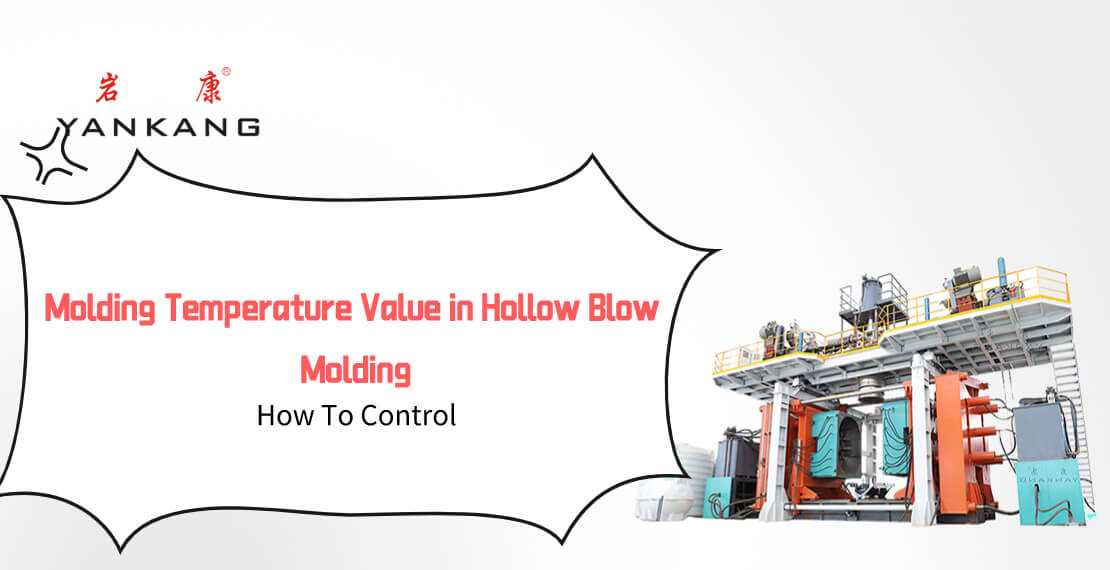Today, let’s talk about how to control the molding temperature value in hollow blow molding.
Molding temperature mainly includes parison temperature and mold temperature, which is one of the most important process parameters in hollow blow molding.
First, let’s talk about the parison temperature.
When the blow molding machine extrudes the parison, the temperature must be controlled well.
If the temperature is too high, the cooling time will increase, and the tube blank hanging directly on the die will sag severely due to its own weight, resulting in an uneven longitudinal thickness of the tube blank.
If the temperature is too low, the surface of the blown product will not be bright, the internal stress will increase, and the product will be easily broken during use. The actual operator must control the temperature of the core mold and the die in the same way, so that the tube blank will not be curled and deformed.

The second is mold temperature.
The mold temperature should also be controlled uniformly, and all parts of the product must be uniformly cooled. The mold temperature should generally be maintained at 20-50°C.
If the product is small, the mold temperature can be lower; if it is a large thin-walled product, the mold temperature should be appropriately higher. When the mold temperature is too low, the extensibility of the plastic clamped at the jaws will decrease, and the wall thickness of this part will be thicker after inflation.
The too-low temperature will cause spots or orange peel on the surface of the blown product. When the mold temperature is too high, the phenomenon that appears at the jaw is the opposite of when it is too low, and it will also extend the molding cycle and increase the shrinkage of the product.
In the molding of plastic products, production efficiency largely depends on the heating and cooling efficiency of plastics, especially blow molding.
In blow molding, the cooling time of the product accounts for more than 60% of the molding cycle, and the thickness of the product reaches 90%. Therefore, improving the cooling effect of blow-molded products can shorten the molding cycle and reduce energy consumption. Cooling is also one of the main factors affecting the performance of blow-molded products. Uneven cooling will cause differences in the shrinkage of various parts of the product, causing product warpage and neck skew. Cooling will also affect the crystallinity and the uniformity of the performance of plastic blow-molded products.
Essentially, the cooling of the mold is an unstable heat transfer process, and it is very complicated to perform quantitative calculations. Therefore, it is generally estimated based on experience. Due to the uneven thickness of the product, the mold should be cooled in stages. For example, container molds are generally divided into three sections: neck, mold body, and bottom.
It is best to open the cooling fluid inlet at the bottom of the mold and the outlet at the upper part, which helps to eliminate air from the cooling fluid. For large molds, a double-layer cooling system can be installed. The cooling efficiency of blow-molded products is also related to the exhaust condition of the mold, and the air remaining between the product and the cavity will significantly reduce the cooling effect.
The setting of the mold temperature must ensure that the product has better performance and better dimensional stability; the molding cycle is shorter; the energy consumption is lower; and the waste products are less.
For the blow molding of engineering plastics, a higher mold temperature should be used to improve the appearance performance of the product. When necessary, internal cooling and post-cooling measures can also be used.
The above content is how to control the molding temperature value in hollow blow molding.

